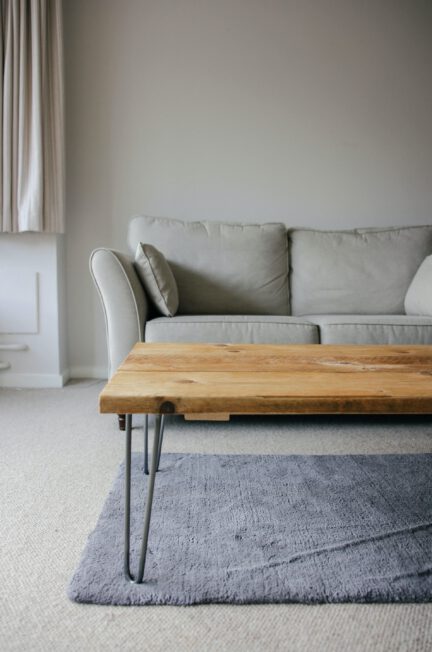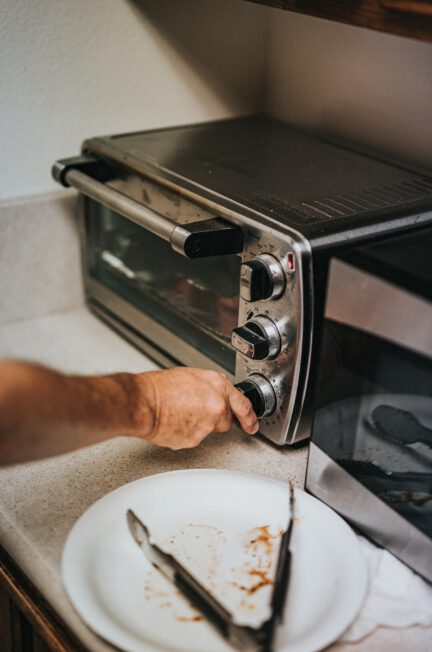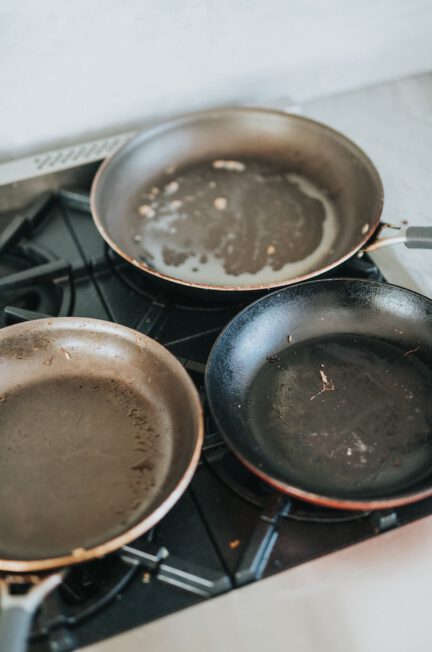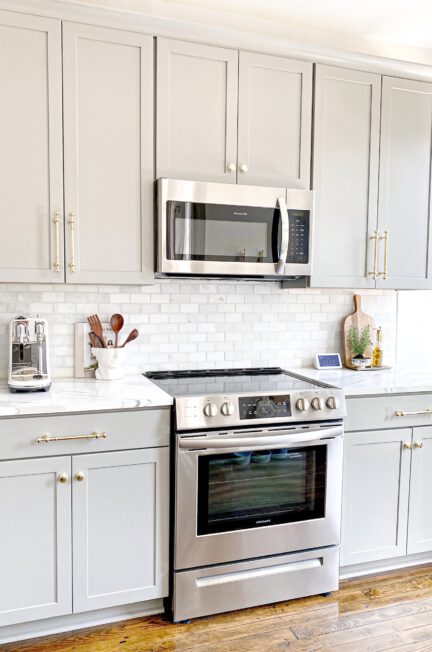How to seal a wood table top has been a question for a long time, and the answers are quite varied. From oil-based varnish to gel stains, from shellac to water-based varnish, whichever method you decide to use to give your table top a new coat of paint, there are a few important factors to keep in mind. These include preparation, the right tools, and the right technique.
Preparation is key
Preparation is key to getting the best finish possible. This includes the likes of a buff, sanding, filling and buffing, and resealing. It’s a good idea to make sure that your tabletops are in top notch condition before you start the application process. Using the wrong kind of abrasives can damage the wood if used improperly. Moreover, you’ll have to apply a coat of lacquer to get the desired results. Once you’ve done your due diligence, you’re ready to roll!
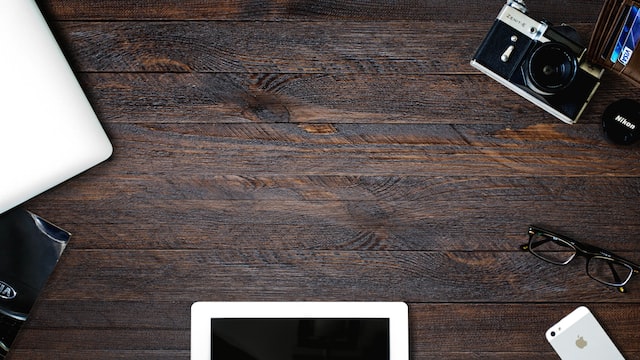
While it is not a requirement, you may wish to invest in some protective equipment. Some tabletops can be damaged by high concentrations of acetic acid. Fortunately, there are some relatively safe methods of getting the job done. In fact, a lot of the top of the line manufacturers of tabletops have a one-time cleaning service.
Oil-based varnish
Oil-based varnish is a natural coating that can be used to seal a wood table top. It has good resistance to abrasion and heat, and can be a nice way to bring out the natural grain of a piece of wood. However, oil-based finishes take longer to dry, which can make them less suitable for projects that require moisture resistance.
To achieve a smooth, satin sheen finish, use a paint brush to spread the varnish evenly over the surface. The finished product is very thin, so it’s important to apply in smooth, even coats.
For light-colored or white wood, you may choose an oil-based varnish that has an ambering effect. This warms the color of the wood and brings out the grain.
Shellac
Shellac is a finish for wood, usually applied to tables or other furniture. It is a type of sealant, which protects the surface of the wood from moisture and the sun’s ultraviolet rays. The shellac also imparts a smooth, glossy sheen to the surface.
There are several varieties of shellac. Some come in amber tones, while others have a clear appearance. They all can be custom-mixed to meet specific needs.
Shellac comes from lac resin, which is a substance secreted by an insect. It is completely non-toxic and FDA approved for coating food and medicines.
Shellac can be used to make any type of wood look its best. This sealant has been around for centuries. In the thirteenth century, it was introduced to Europe.
Polyurethane
Polyurethane is an oil or water based coating that protects your wood table top from scratches, moisture, and heat. It provides a smooth, durable finish that can be easily wiped clean.
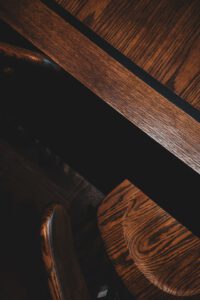
Polyurethane is available in various colors, sheens, and effects. Oil-based polyurethanes are generally more durable than water-based products. However, they may develop a yellow cast over time.
Water-based sealants are usually more expensive and may chip or weaken after two years. For more durable finishes, apply at least two coats.
Depending on your table’s color and type of wood, you can choose a polyurethane that will best suit your needs. A gloss finish is ideal for interior use. Glossy-finish polyurethanes dry in just a few minutes and are easy to clean.
Gel stains
Gel stains can help you achieve a deep stain without sacrificing the wood grain. Using the right formula and technique, you can create an even and uniform finish that will hide scratches and blemishes.
Before applying the gel stain, prepare the surface. You will need to remove dust and debris from the surface. Sanding helps the stain to adhere better.
Use a high quality brush. The right brush can help you apply the gel stain efficiently. For example, a foam brush works best. It is also recommended to use a brush with a natural bristle.
Depending on the product you use, your first coat of gel stain may take several coats. In addition, it will take up to 24 hours for the first layer to dry.
Photo by Lui Peng on Unsplash
